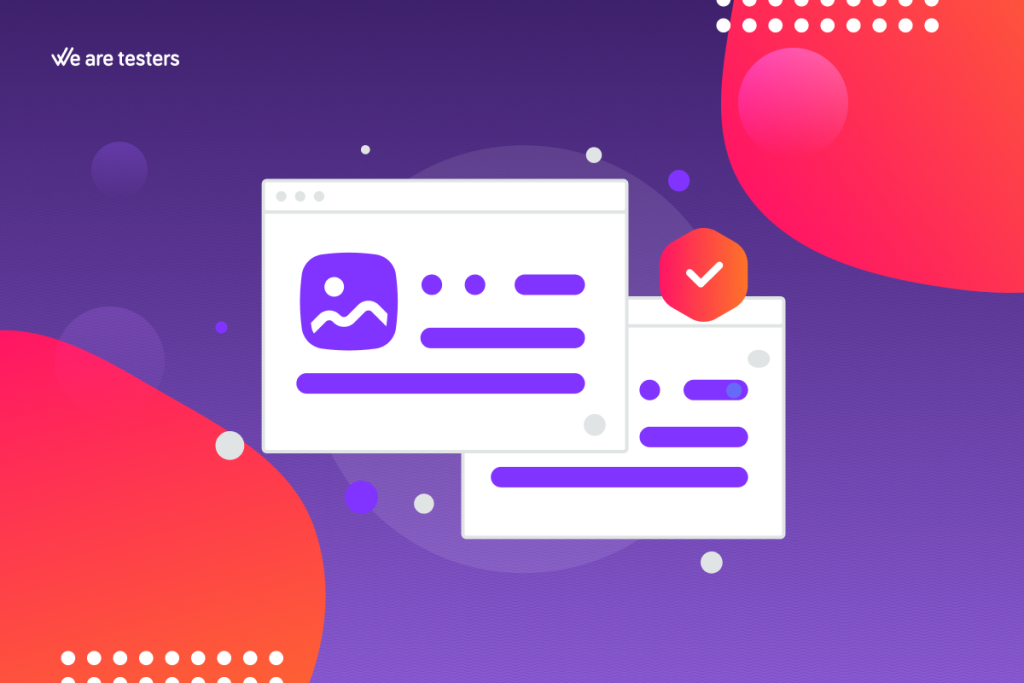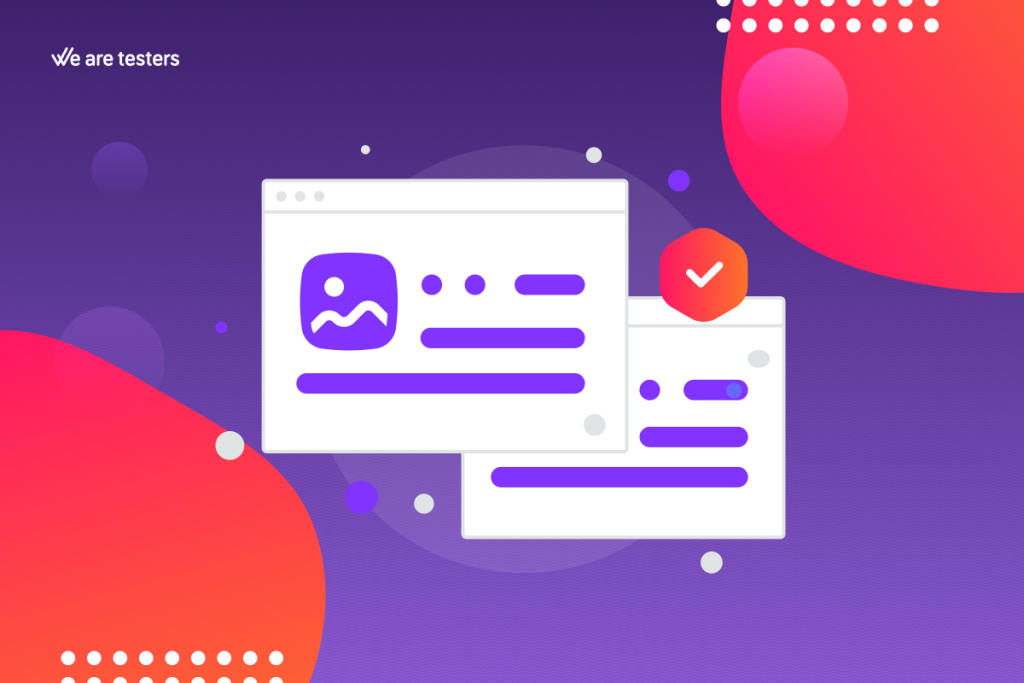
Web usability is key to the success of any website, which is why it’s important to take a look at how users behave on the Internet in 2023. These are the conclusions drawn from real usability testing observations about what people do and don’t do on the web.
Issues that may seem trivial, such as disabling copy and paste, can cause frustration for users. On the other hand, a quick and easy login process can bring a smile to their faces.
Let’s review the state of web usability in 2023 in this regard. Will you join us?
Web Usability: Things That Frustrate Users in 2023
Let’s take a closer look at web usability by observing how people behave, what they do, and what they don’t do on the web.
Here are some usability resources that users generally don’t like when navigating.
Among the least liked and most frustrating for users:
❌ Pop-up windows and modals
❌ Automatic notifications
❌ Chat pop-up windows
❌ Comment pop-up windows
❌ App installation prompts
❌ Contact importing
❌ Geolocation permissions
❌ Access to camera/microphone/photos
❌ Page load permission demands
❌ Adblocker disabling notice
Other annoying resources:
❌ Auto-advancing carousels
❌ App onboarding tutorials
❌ Two-factor authentication
❌ Email for coupon subscriptions
❌ Gender, age, phone number entry
❌ Security questions
❌ Slow transitions
❌ Background video halts and fluctuations
❌ Flags used for language selection
❌ Aggressive live validation
❌ Endless scrolling footer
❌ Dropdown birthdate selection that starts with the current year
❌ Filters that freeze or overlap the user interface with each selection
❌ Disabled buttons without explanation
❌ Disabled copy and paste
Also bothersome:
✅ GDPR cookie popup
Usability experts point out that their experience leads them to conclude that users, in general, do not trust websites and find them confusing and annoying. That’s why the default attitude towards any website is often to try to block everything.
That’s why pop-up windows are often instinctively dismissed. The same goes for automatic notifications, chat pop-ups, app installation prompts, contact importing, and granting access to geolocation, camera, microphone, or photos.
Blocking occurs before users have a chance to read what they’re being asked, and once a request is denied, there’s no way to restore or open it later. The best way to deal with this is to always prefer a non-modal dialogue, and always explain why permission is needed before asking for it. With humility and respect.
Web Usability: Resources Users Do Like in 2023
A common problem users often experience is a lack of control.
Not only do windows pop up suddenly, requiring immediate user attention, but users don’t feel they can trust the website and fully control their digital experience. This is often reflected in words like «fragile,» «broken,» «confusing,» «poorly done,» «unhelpful.»
But let’s move on to what’s appreciated:
✅ Smooth, fast, and accessible experience
✅ Large and readable text
✅ Large checkboxes and radio buttons
✅ Clear focus/active states
✅ Simple password requirements
✅ Large touchable areas
✅ Helpful error messages
✅ Error messages that don’t cover text input
✅ Error messages not displayed as toasts
✅ User input persists on refresh
✅ Dropdown menus open on tap/click
✅ Easy undo, edit, cancel
✅ Pause auto-rotating carousels
✅ Infinite scrolling with a fixed footer
✅ Reliable «Back» and «Previous» buttons
✅ Videos with playback speed options
✅ Videos with hidden subtitle options
✅ Browser’s reliable autofill and password generation
✅ Manually applied filters with «Apply» button
✅ Magical link login experience
In this case, web usability experts highlight that users define these notions as peaceful experiences. They refer to it as predictable and reliable design. A design where input fields look like input fields, with large radio buttons and checkboxes, simple password requirements, and helpful error messages.
And they emphasize an important point: while user frustrations have evolved and increased significantly over the years, the things users love and appreciate haven’t changed at all.
They probably won’t change in the future, so focusing on them first might be the right investment for every project in 2023.
How to Test and Understand User Impressions of Web Usability
Before launching any website, all resources should be tested in an environment as close to the real one as possible.
And when we talk about testing, we don’t mean having the designers and usability experts repeatedly navigate the website to verify that everything works correctly.
It’s more than that.
It’s about having the target users of those websites perform navigation tests and interact with those resources.
Is it possible? Yes, it is!
How is it done?
We can help with that.
At We are testers, we can assist you in planning user experience tests. With user profiles segmented and selected according to your needs and the characteristics you’re looking for.
We’ll help you design the analysis and define the tests that can be requested from user testers, select the best profiles, conduct the study, and provide you with the results and conclusions.
All in one. All in your hands.
We’ll get started as soon as we have the first conversation with you.
Shall we talk?
Update date 15 April, 2024

